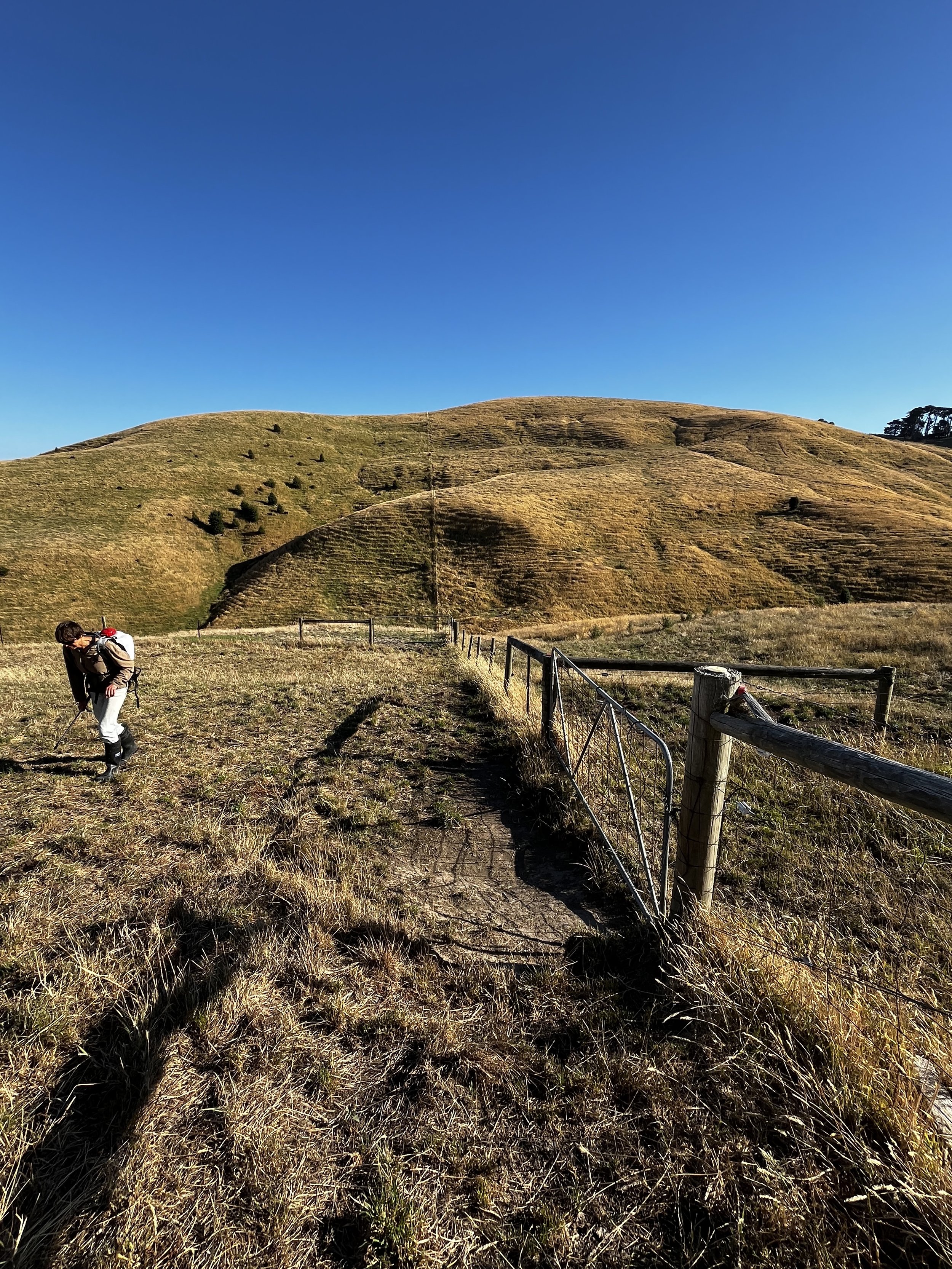
Ragwort! Thistle! Blackberry! Oh My!
Spot Spraying or Broad Acre, Drones can get to your steep and wet locations
Spot Spraying
Spot Spraying by drone dramatically reduces the use of herbicide by flying directly to each weed in your paddock and only spraying a small area around the weed. This can be single plants such as a thistle or a ragwort, or a cluster of flatweeds or Californian thistles. To do this, a specialised mapping drone flies over your paddock, capturing hundreds of high-resolution images. An AI system then analyses the photos, identifies unwanted weeds, and generates a precise weed map. This map is uploaded to the spray drone, which then navigates directly from one weed to the next, treating only the small area surrounding each weed.
Spot spraying saves money by using a fraction of the herbicide used in broadacre spraying and reduces the negative environmental effects of wide application of herbicides. Typical applications include blackberry, thistles, ragwort or clusters of capeweed with a broadleaf selective herbicide.
The cost of is commonly on a per acre basis and in some cases might include an additional charge for weed mapping depending on how complicated weed identification is. For small or complicated areas with dense growths of weeds like blackberry, a half day rate is often applied (~ $350).
Broad Acre Spraying
Spraying a complete area or paddock is desirable when weeds are dense, for a “spray-graze” strategy, or to benefit from the residual effects some herbicides provide. The DJI Agras T40 can spray as much as 15 hectares per hour in relatively open, flat terrain with few obstacles. In more complex areas with steep hill sides, trees, power lines or other obstacles, or higher rates of herbicide application this rate drops appreciably and can be as little as 5 hectares per hour.
Examples of broad acre application include late fall/winter spraying of emergent broad leaf weeds such as Capeweed with a dilute 2-4-D based herbicide to encourage selective grazing by cattle. Winter growth stimulants such as Gibberellic acid can be added to the herbicide for a weed and feed strategy.
We charge a simple flat fee per acre in most cases, recognising that most jobs have more complex slow areas and faster more simple areas.